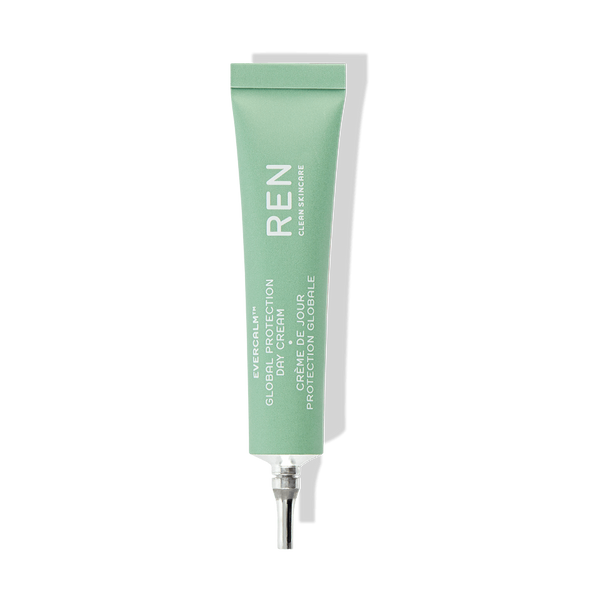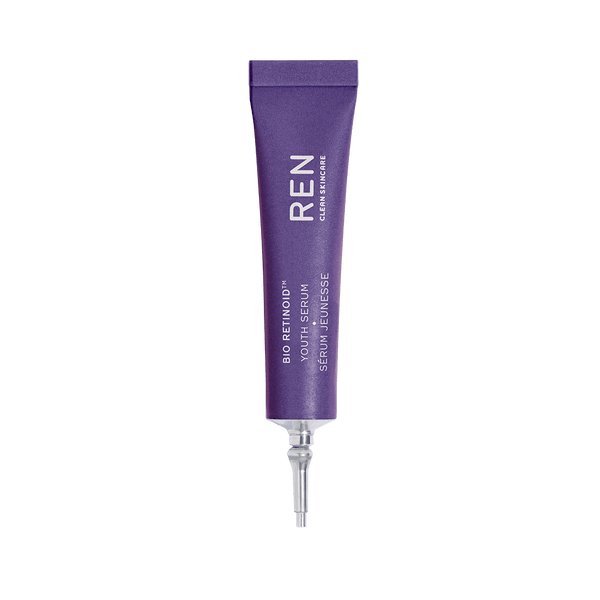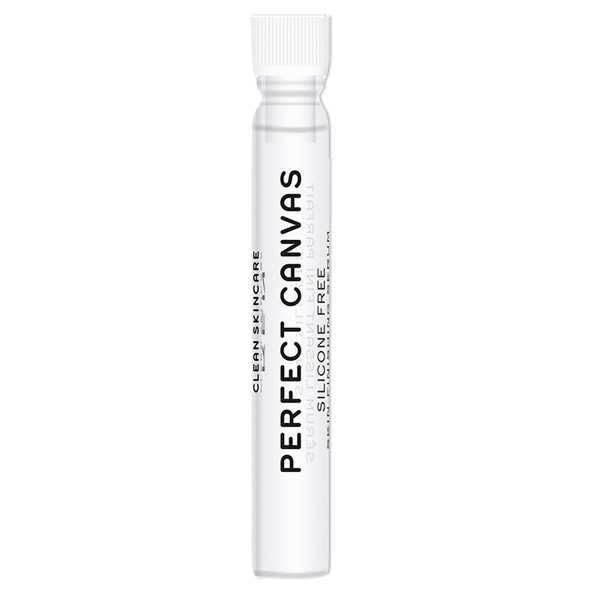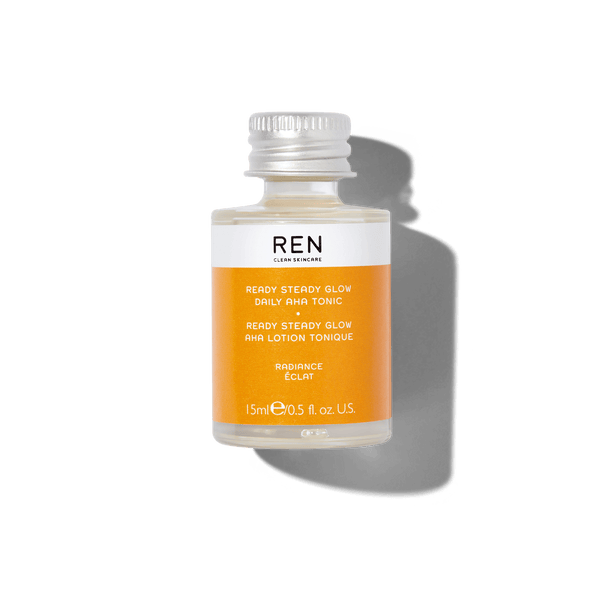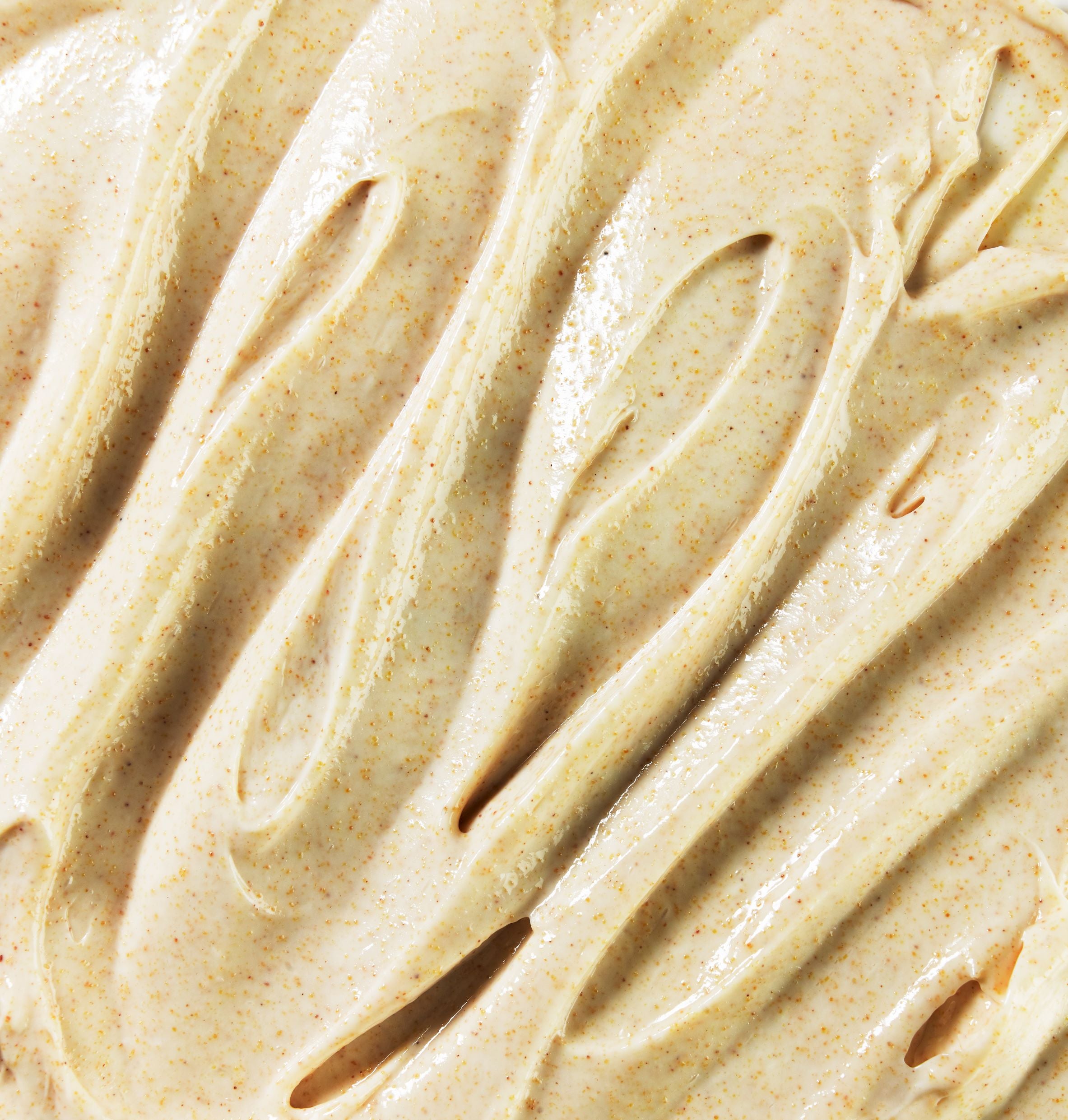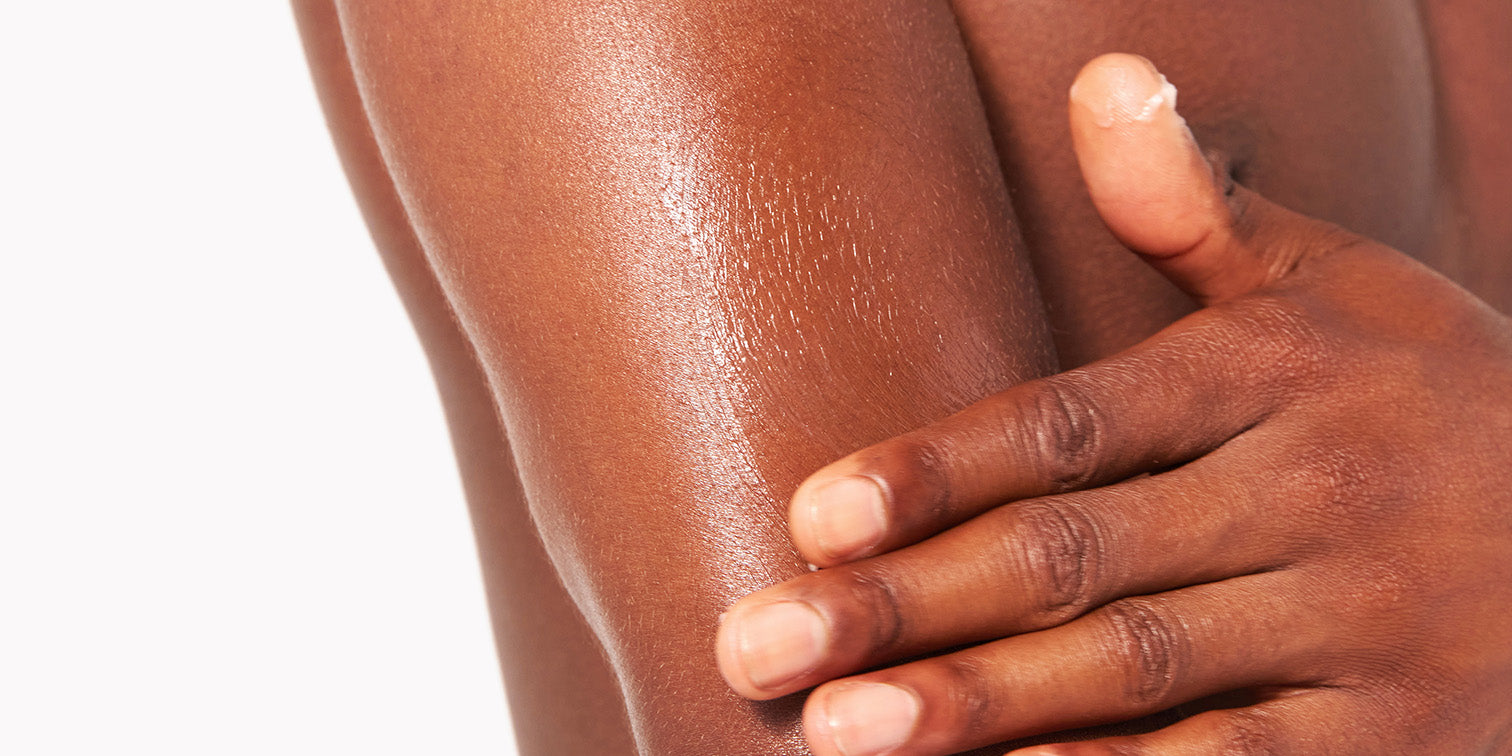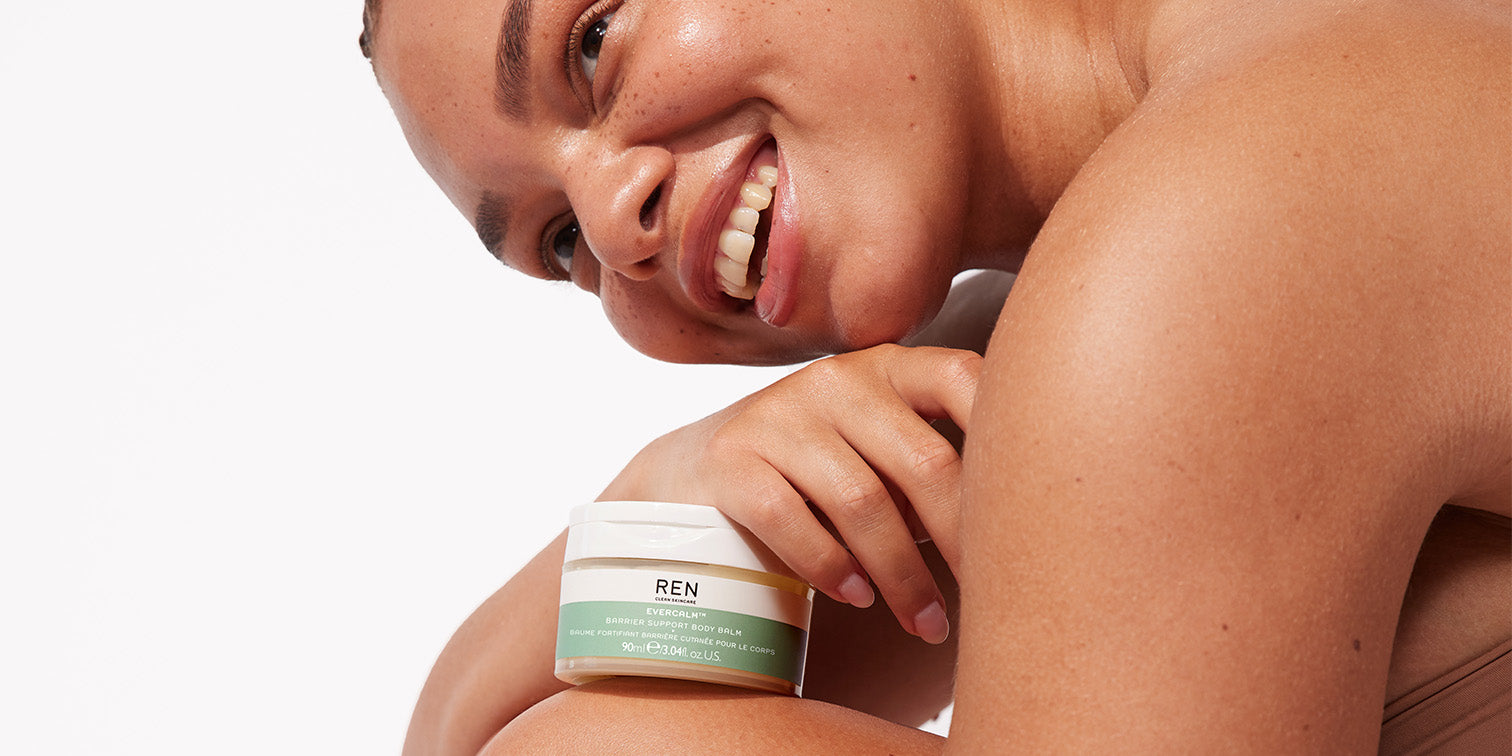What is skin flooding?

TikTok has been behind some of the biggest trends in skincare for the last couple of years, from jello skin to slugging to skin cycling; and the newest trend on the TikTok block is skin flooding.
It’s that time of the year when our dull post-winter skin is drying out for a bonus boost of hydration. The likelihood is that your skincare shelves are already stocked with the right products for the job, but are using them the right way? Thankfully, skin flooding is the key to quenching the thirst of dehydrated and dry skin, so here’s everything you need to know about this increasingly popular trend…
What Is Skin Flooding?
Skin flooding does exactly what it says, it quite literally floods your skin with moisture and hydration. Similar to moisture sandwiching, it involves layering products in a particular sequence with varying ingredients and delivery methods to deliver deeper and longer-lasting hydration. Hyaluronic Acid is the star ingredient in skin flooding because it attracts and holds onto water molecules like a moisture magnet.


